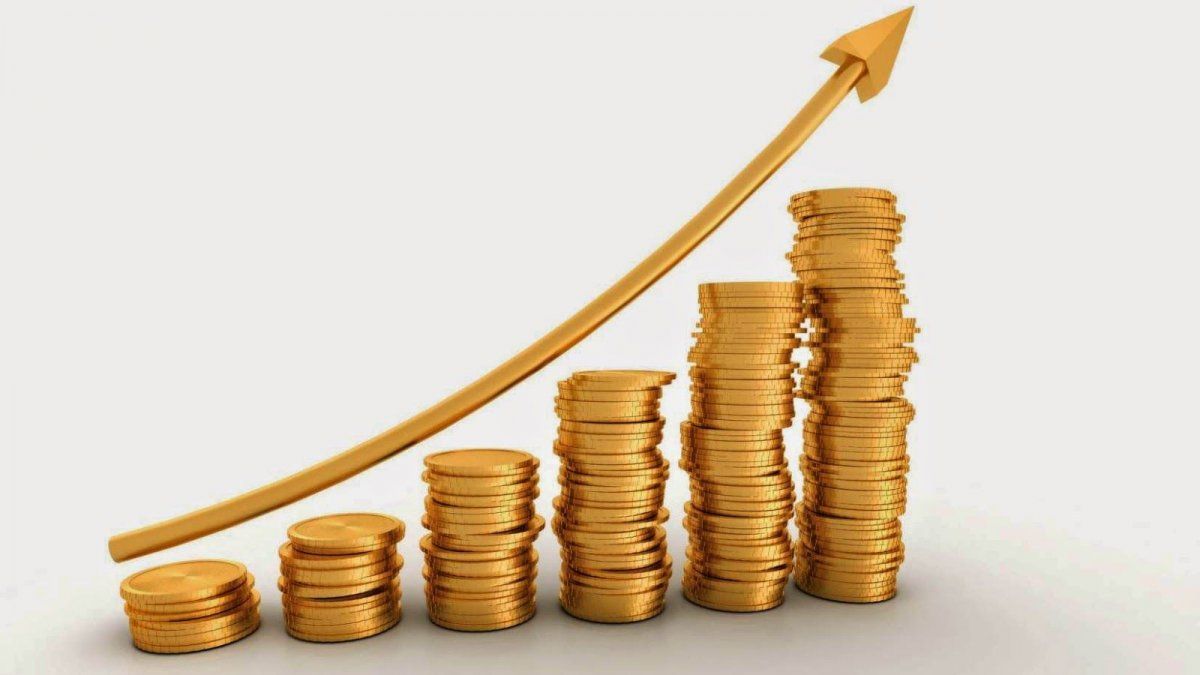He Ceres Leader Index (ILC) grew by 0.3% in March and marked its sixth consecutive increase, reaffirming the expansion of the economy in Uruguay and confirming a positive first quarter of the year in relation to the performance of the economic activity national.
He Center for Studies of Economic and Social Reality (Ceres) published its monthly Leading Index, a leading indicator of the level of activity that is used to give signals about the sign of the evolution of economic activity overview of the country based on an extensive database composed of factors from the internal panorama and the international context.
The March report recorded growth of 0.3%, the sixth in a row, and also the Diffusion Index (ID) accompanied this positive behavior: the data that shows the proportion of the index components that grew in the month was 63%; That is, more than half of the variables that make up the ILC had improvements compared to the previous measurement, in February.
The information confirms the trend of recovery and expansion of the economy after the consequences and the greatest impact generated by the historic drought that it experienced Uruguay They will be left behind.
“This year there is no drought, the price gap with Argentina was significantly reduced and the refinery plant The Tile “It is planned to return to activity soon, so a rebound in activity is expected,” they announced from Ceres, projecting a continuation of this upward trend.
“At the same time, it is projected that exports will give a boost with the full production of the second plant of UPM, and there is another positive effect due to the completion of new investments. This begins to be seen in the first months with positive data at the level of employment and real salary, which has an impact on a greater consumption, and this dynamism is expected to continue in the coming months,” they considered in the report.
Meanwhile, 2023 closed with slight growth of 0.4% — a rebound that was also observed in the last positive quarter reflected in the ILC.
Warning points to take into account
Beyond the six months of consolidation in the growth of the economic activity, Ceres warned that, in parallel, “the country has a loss of competitiveness -measured through the global real exchange rate- of 14% in the last two years, with significant impact on the cost effectiveness of the agro-export industry and tourism.”
“A change in the trend in this regard is not expected, which is why these problems will persist in the coming months,” they noted, in this sense.
Among the aspects to be addressed due to its less positive than expected behavior are also the 2% drop in export requests. during the first quarter compared to the same period last year; the smaller placements of rapeseed, beef, rice and dairy products; the fall of the Industrial production —dragged by the refinery strike—; and low construction activity during 2023 due to the completion of the UPM 2 plant.
Positive signs supporting growth
On the other hand, the report also pointed out the good indicators at the sector level. Among them, the export growth of wheat and cellulose, also accompanied by an increase of 4.4% in cattle slaughter during the first quarter.
Likewise, the construction of housing and road works contributed to cushioning the decline in activity, while the collection of the General Tax Directorate (DGI) by VAT creation in real terms in January—both monthly and year-on-year—and the electrical energy consumption in industries and residences there was a year-on-year increase in the January-February two-month period.
They also grew diesel and gasoline sales during the beginning of the year, and the movement of buses in Three Crosses was higher during the first quarter of 2024, compared to the first three months of 2023.
Source: Ambito




